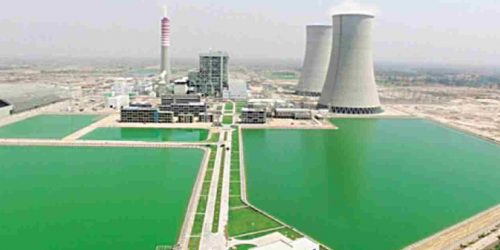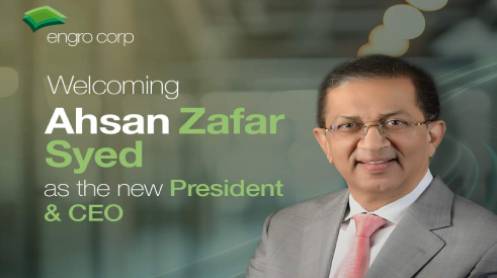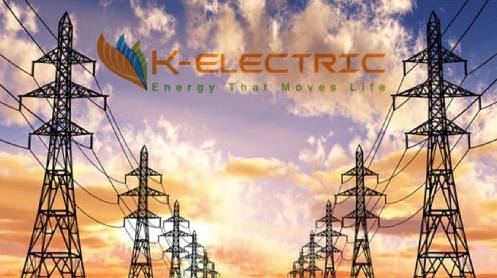ISLAMABAD: The National Transmission & Despatch Company (NTDC) on Tuesday blamed the policy and procedural limitations and govern¬ment entities for certain deficiencies in the 27-year Integrated Generation Capacity Expansion Plan (IGCEP 2020-47).
However, it said the deficiencies in the expansion plan will be fixed during the regulatory scrutiny.
Responding to various interventions made by provincial governments and other stakeholders over the IGCEP 2020-47, contested observations like delay in the Diamer-Bhasha Dam’s (DBD) commercial operations until 2043, the company said the construc¬tion on the mega project did not start on Dec 31, 2019 — the data cut-off date for the IGCEP 2047 — according to data provided by the Water and Power Development Authority (Wapda).
Moreover, it said the IGCEP would now be an annual rolling feature and any committed project like the DBD could make its way into the next annual IGCEP due in April 2021 provided its power generation contract is confirmed by Wapda.
Moreover, it said the the power gen-eration project associated with the DBD has not been awarded yet.
“The contract for construction of the dam (not power project), to be com¬pleted by 2028, has been awarded on May 14, 2020 more than three weeks after the submission of IGCEP 2047 to the National Electric Power Regulatory Authority (Nepra).
The NTDC, a corporate entity of the Power Division which is also the power system operator, said the PLEXOS energy modelling tool had optimised the DBD with expected commercial operation in 2043 based on the least cost criteria.
It said the plan had presented a num-ber of scenarios including a base case of 5.5 per cent GDP growth for electric¬ity demand including low growth rate of 4.5pc and high growth rate of 6.5pc. It said the International Monetary Fund had projected growth at 2.2pc before Covid-19 and had considered 25pc of total load management, Electric Vehicles Initiative and Naya Pakistan Housing Scheme to comprehensively capture all variances of electricity demand growth in the country.
The NTDC said many stakeholders had also objected to the regulator that the impact of Covid-19 had been over¬looked in the IGCEP without realising that the input data was locked much before the first patient was diagnosed with the virus in Pakistan on Feb 26 and obviously the impact of Covid-19 was not catered to in the IGCEP 2047.
“However, the NTDC expects a com-prehensive discussion and consulta¬tions at Nepra public hearing for con¬sensus on GDP growth and assessment of demand growth during the plan hori¬zon”.
Nepra’s question on how hydropower resources, despite being exploited eve-rywhere on priority basis for being cheaper, renewable, and most impor¬tantly providing ancillary services such as frequency control, grid stabil¬ity, generation option during peak demand and close to zero cost of gener-ation, had been ignored in IGCEP has also been contested by the system oper¬ator.
It said the optimisation of power gen-eration had been done based on techno-economic parameters of proposed power plants provided by the relevant project executing agencies. No discrim-ination has been done with any project or province or project execution entity or technology.
Under complete transparency and stakeholder validation of data, certain hydropower plants fail to meet the requirement of project selection energy model in early years of the plan¬ning horizon. However, 10,800MW of hydropower has been proposed in the model to take the total to 20,800M W by 2030.
It said the provinces have questioned the projected life of 30-50 years for hydropower projects, saying the data provided by project execution entities had been used and if they had signed contracts for 25-30 years, it was not pos¬sible for the NTDC energy model to assume 70-100 years life for such pro¬jects. Also, all the proposed projects had been treated in line with the definition of ‘Committed’ if it is already under construction or has achieved financial close or has of strategic importance i.e. China-Pakistan Economic Corridor (CPEC) Project or it is a government-to¬government project.
Moreover, the IGCEP 2047 has been prepared based on the prevailing poli¬cies, grid code and the best interna¬tional practices pertaining to all gen¬eration sources. Optimisation of renew¬able energy projects in the IGCEP 2047 was also in line with the government’s Alternative Renewable Energy Policy 2019. It said the KP’s criticism over heavy reliance — 32,967MW— on coal was also not sustainable given that the Thar coal as indigenous resource provided base load capability with high capacity fac¬tor and low economic cost. The plan¬ning tool had taken care of all such aspects and provided the most opti¬mum solution — thus complementing the energy security through diversity as well as indigenisation. The NTDC asked stakeholders to focus on the plan horizon up to 2030 —the first ten years for which it has sought approval from NEPRA.





